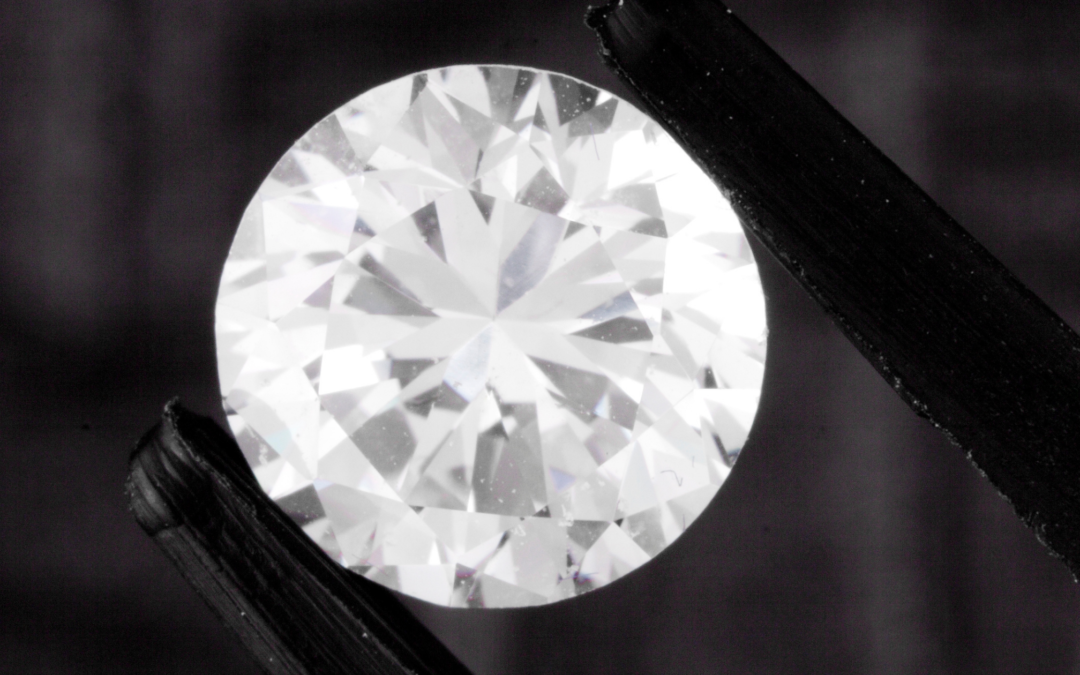CVD diamonds are lab-grown diamonds that are identical to natural diamonds. They have similar chemical, physical, and optical properties as natural diamonds. These diamonds have gained much popularity over the past decade and make stunning, durable, and romantic jewelry just as a natural diamond would.
CVD stands for Chemical Vapor Deposition, one of the two processes in creating diamonds in the laboratory. CVD processes break natural gas such as methane into carbon atoms forming the new diamond. The other method is the HPHT, which means High-Pressure High Temperature.
Properties Of A CVD Diamond
- They have identical chemical, optical, and physical properties to natural diamonds.
- The CVD diamond has excellent durability of 10 on the Mohs scale of hardness.
- Professional labs grade them using the 4Cs properties- color, clarity, cut, and carat.
- Just like natural diamonds, they are subject to flaws, and it is rare to find one without inclusions.
- Professional labs note the origin of a CVD diamond on certification.
History Of CVD Diamonds
The first patent for CVD diamonds was issued in 1954, and a year later, General Electric created the first lab-grown diamond. People highly criticized the quality of this first gem, and the reports were not verified until after many years. DeBeers bought the HPHT technology from General Electric which laid the foundation for the first creation of real CVD diamonds in the 1980s.
How CVD Diamonds Are Made
- The professionals select a thin diamond seed and place it in a sealed chamber.
- They heat the chamber to about 800 °C while flooding it with carbon-rich gas.
- The carbon-rich gas ionizes, producing pure carbon.
- To the original diamond seed, the pure carbon molecules attach.
- The lab continues with the procedure until the process produces an entire diamond.
- The process could take 5-10 days or even 6-8 weeks, depending on the specifications of the diamond.
How To Identify A CVD Diamond
To identify a CVD diamond, here are some of the tools you could use:
Microscope– with it, you can observe the chemical structure and patterns of the stone.
Diamond View machine– uses heavy ultraviolet light, which turns dark red when observing a CVD diamond.
Diamond tester– it tests the electrical conductivity of the CVD diamond.
Ultraviolet lamp– with this lamp, you will identify a CVD diamond with a blue color.
Grading And Certification Of CVD Diamonds
Like natural diamonds, CVD diamonds are also graded using the 4Cs of diamonds and certified by certified labs such as IGI and GIA. The grading determines the quality of the diamond, hence its price. Using a laser imprint, they encode a unique code at the stone’s girdle. The code is only viewable using high magnification and contains information about the diamond’s grading and origin. The code also corresponds to the paper/digital certificate of the diamond.
Pros And Cons Of CVD Diamonds
Pros
- Less expensive compared to natural diamonds.
- They are eco-friendly since their creation is done in the laboratory.
- They are conflict-free diamonds free from child labor and human right violation.
- They are available in various shapes, colors, and sizes.
- They have fire, sparkle, and brilliance.
- They can be grown in 6-8 weeks, a shorter time than mining natural diamonds on a large scale.
Cons
- They are not widely available.
- They are less durable compared to natural diamonds.
- Not many brands sell them.
Where To Buy A CVD Diamond
If you are looking for a CVD diamond for an engagement ring, wedding band, promise ring, earrings, or bracelets, Victoria Marie Jewelers has you covered. Our lab-grown diamonds are graded and certified by professional labs, and our professionals are committed to exceeding your expectations. Contact us for your order.


